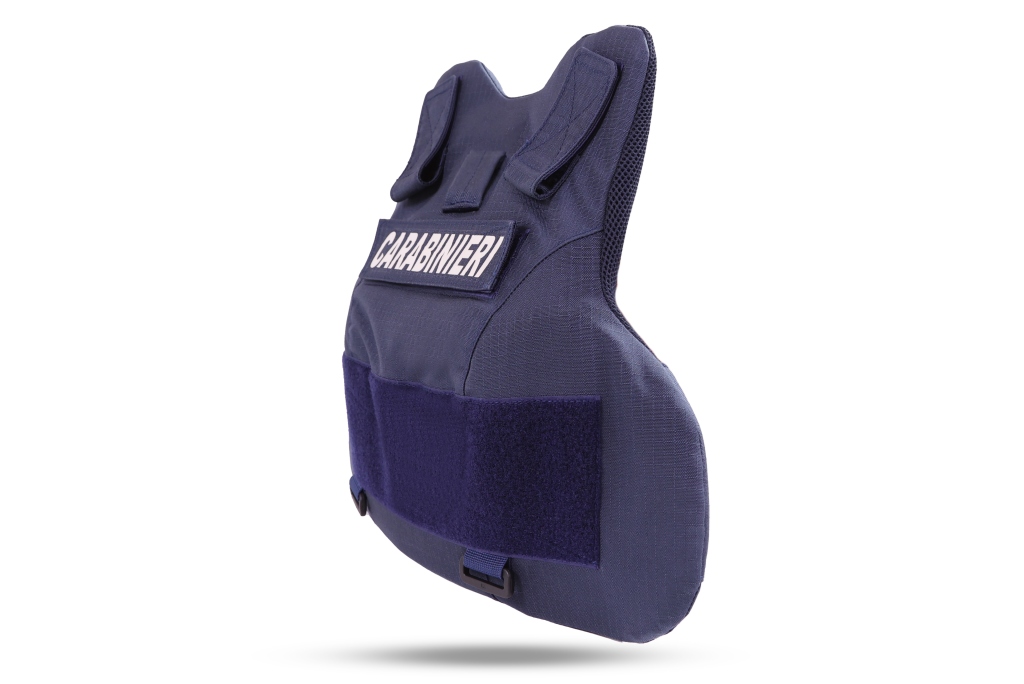Revitalizing Europe’s Steel Sector in a Changing Geopolitical Landscape
The steel industry has long been a cornerstone of European heavy industry, with the blast furnaces of the Ruhr Valley, Silesia, and Lorraine shaping the industrial identity of the continent for generations. However, in light of recent geopolitical shifts, such as rising global tensions and economic uncertainty, this vital sector is now experiencing a renaissance. The European Union (EU) is determined to revitalize its metals sector, foregrounding its commitment to innovative practices aimed at producing "green steel" — an eco-friendly approach vital not only for economic resilience but also for defense readiness.
The European Steel and Metals Action Plan
Launched on March 19, the European Steel and Metals Action Plan stands as the EU’s most comprehensive blueprint to secure the future of its metal industries. As the steel sector grapples with challenges including overcapacity from China, soaring energy costs, and uncertainties surrounding American trade policies, the European Commission (EC), led by Ursula von der Leyen, is strategically pivoting towards fostering a climate-resilient metal industry.
Steel production is a substantial source of carbon emissions, accounting for approximately 10% of the world’s CO2 output. The traditional methods used in steel production require vast amounts of energy, primarily sourced from fossil fuels. This reality casts a shadow over the industry’s environmental commitments. As Europe reconsiders its approach to defense manufacturing—an area rapidly gaining importance amid rising military needs—the EU is also keen to ensure that the production of essential materials like steel is equally sustainable.
Strategic Economic Reframing
One of the most notable features of the Action Plan is its strategic linkage between industrial policy and defense capabilities. In the context of escalating tensions with Russia, the Commission has made it clear that the health of the steel industry directly correlates with national defense readiness. This is evident in the EU’s plans, which aim to funnel nearly $1 trillion into defense spending over the next five years, coupled with the metals action plan’s swift execution.
Historically, the EU was founded on the principles of coal and steel partnership post-World War II, focusing on preventing further conflict through economic cooperation. Today, the EU reports that while steel production meets 90% of current domestic consumption, other metals such as aluminum and nickel are alarmingly reliant on imports, covering only 46% and 25% of the demand respectively.
Facing Economic Pressures
Europe’s metals industry finds itself under pressure from various fronts. Following Russia’s invasion of Ukraine, energy costs have escalated sharply, leaving European steel producers at a significant disadvantage against their American counterparts, who enjoy more favorable energy prices. The challenges have amplified as imports from Asia have surged, with a startling one-third of steel in the EU now sourced from foreign suppliers.
Industry leaders, like Kerstin Maria Rippel from Germany’s Steel Industry Association, have called the EU’s foreign trade proposals a step toward addressing these pressures, particularly in light of the confrontational U.S. trade stance. The six-pillar action plan outlines measures to tackle these challenges, focusing on energy costs, industrial capacity protection, and investing in job security and resilience against carbon market fluctuations.
A Vision for Sustainable Steel Production
At the heart of revitalizing Europe’s steel industry is the concept of “green steel.” The Action Plan emphasizes a radical change in production methods. Utilizing electric furnaces powered by renewable energy and hydrogen could reduce emissions from steel production by up to 95%. In this process, instead of the traditional dirtier methods relying on coal, hydrogen burns cleanly, generating only water vapor.
Major industry players have welcomed this vision. Aditya Mittal, the CEO of ArcelorMittal, highlights the plan’s urgency and readiness to tackle pressing structural issues, reinforcing the notion that a robust steel sector is vital for a strong European Union.
Addressing Energy Concerns
Despite the promise of the green transition, the cost of electricity remains a primary obstacle. Current rates are often double or even quadruple those in other steel-producing regions, which puts European manufacturers at a financial disadvantage. However, both renewable energy sources, such as wind and solar, and advancements in nuclear power are increasingly being viewed as potential solutions. The renewed focus on cleaner energy sources could alleviate the industry’s reliance on imported fossil fuels and ensure a more stable energy future.
The EU has recognized the essential intersection of energy resilience and security amid ongoing conflicts, not least due to Russia’s actions in Ukraine. This has unlocked EU initiatives to prioritize investments in clean energy solutions through mechanisms such as the European Defence Fund, aimed at research and innovation in military applications.
The Broader Implications of Climate Policy
The EU’s considerations extend beyond simple energy independence. For the bloc, addressing climate change remains paramount in national security conversations. As climate change exacerbates resource scarcity and challenges agricultural outputs, the EU acknowledges the potential ramifications for domestic and global security. The External Action Service warns that disturbances caused by climate events could destabilize regions, thereby increasing migration pressures and conflict.
Estimates suggest that the defense industry itself contributes to around 5.5% of global CO2 emissions, compelling the EU to integrate substantial climate strategies across its defense policies. By prioritizing an eco-conscious approach, the EU not only aims to leave a smaller environmental footprint but also to secure its geopolitical standing in a rapidly evolving world order.
In summary, Europe’s ambitious endeavor to establish a sustainable and resilient metals industry represents a crucial convergence of environmental responsibility and industrial capacity. By prioritizing "green steel," the EU acknowledges the dual imperatives of energy independence and security readiness, paving the way for a new era where industrial might is intertwined with ecological integrity.





